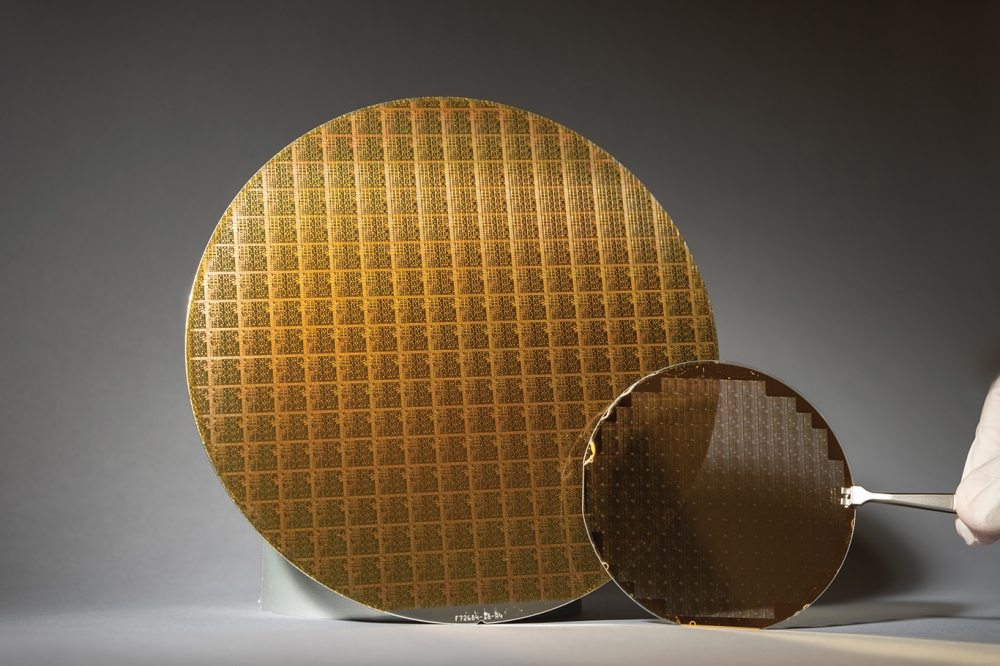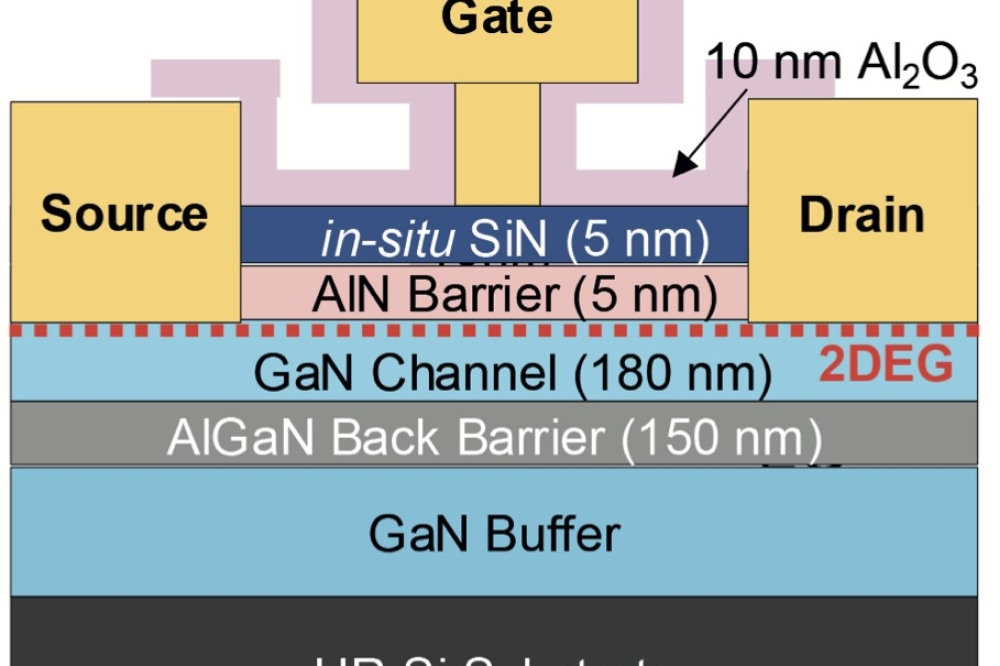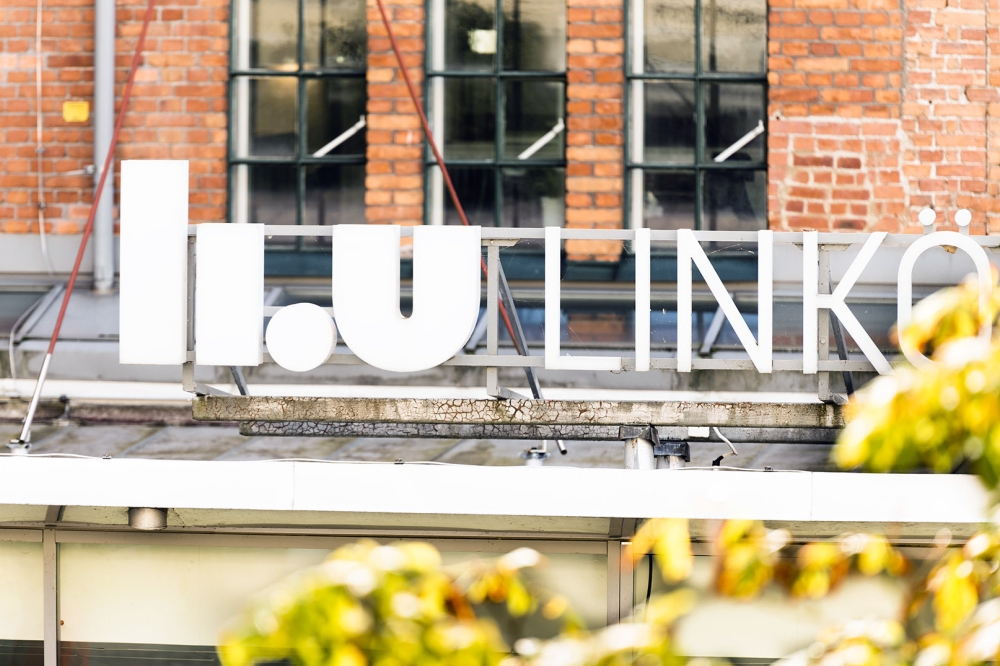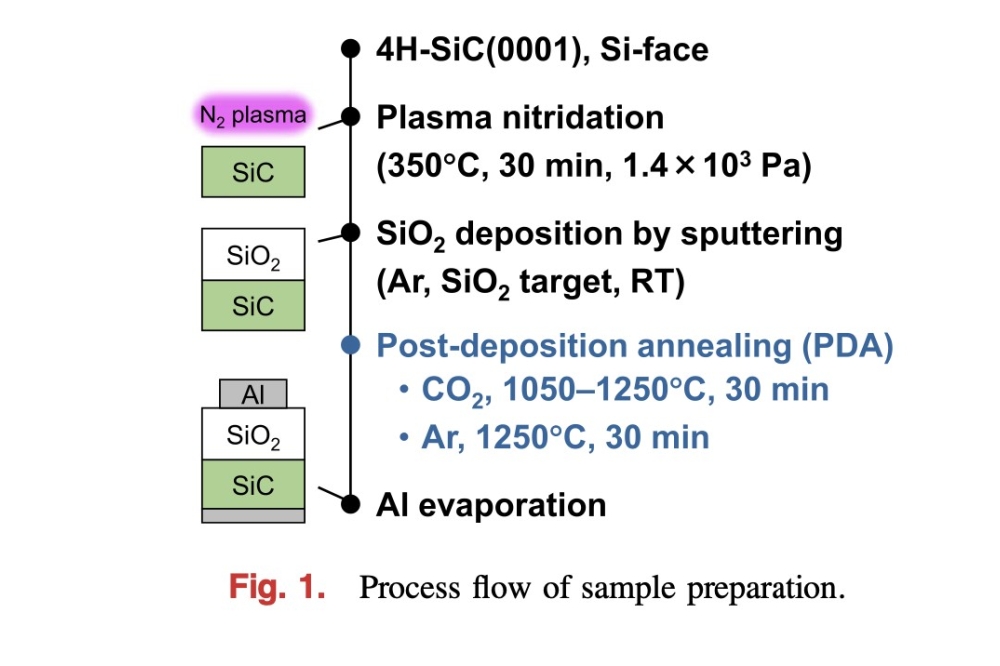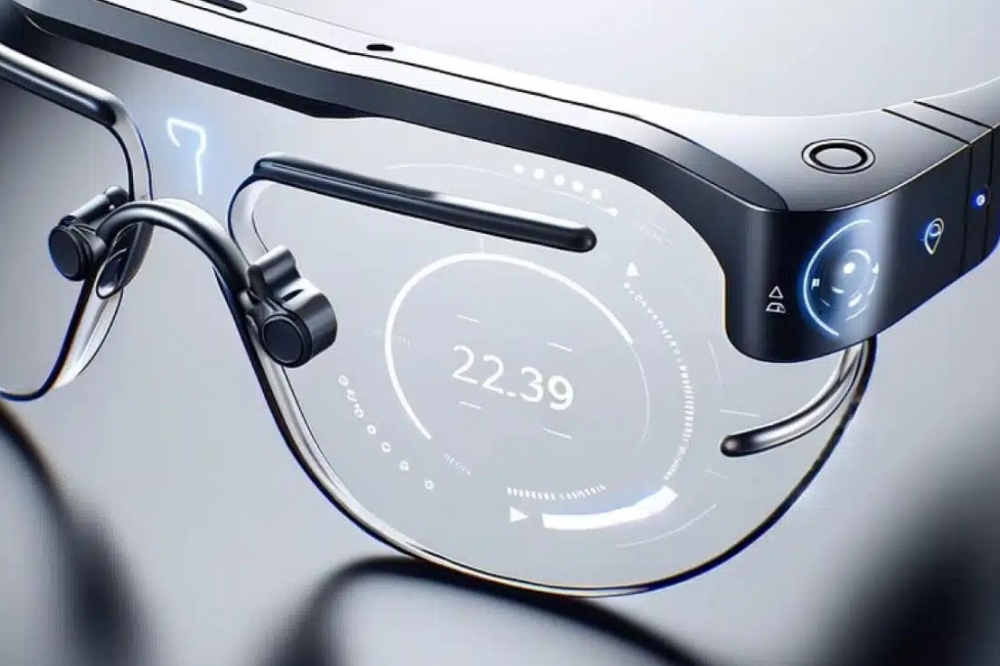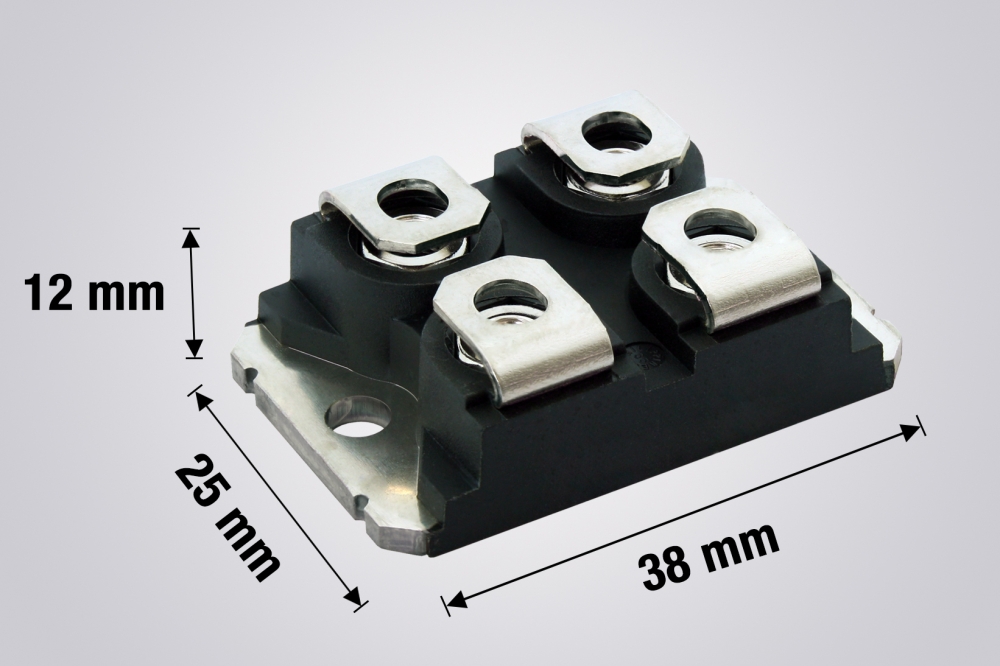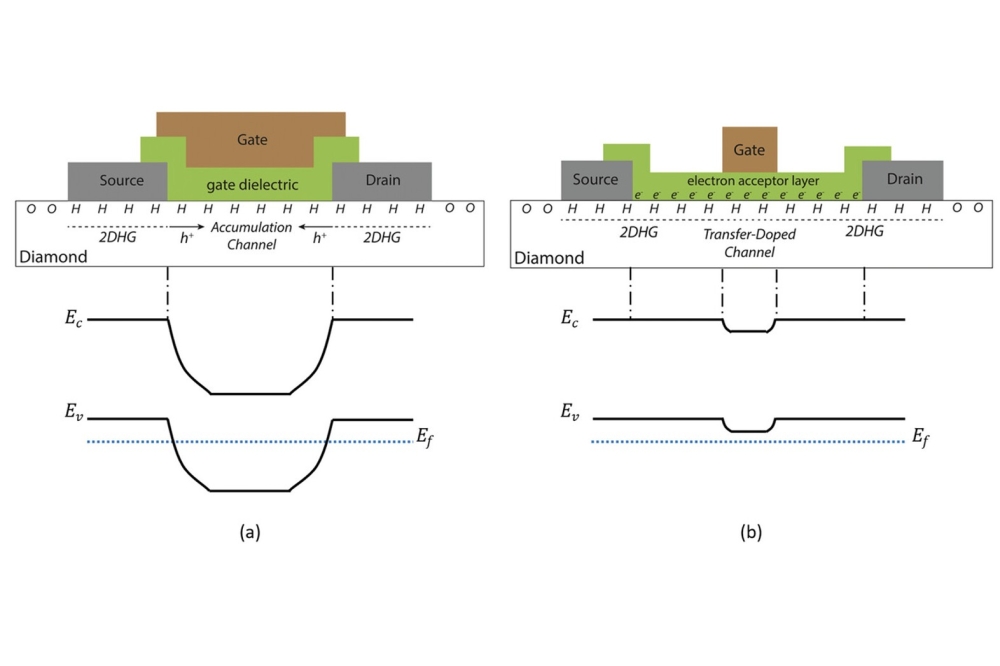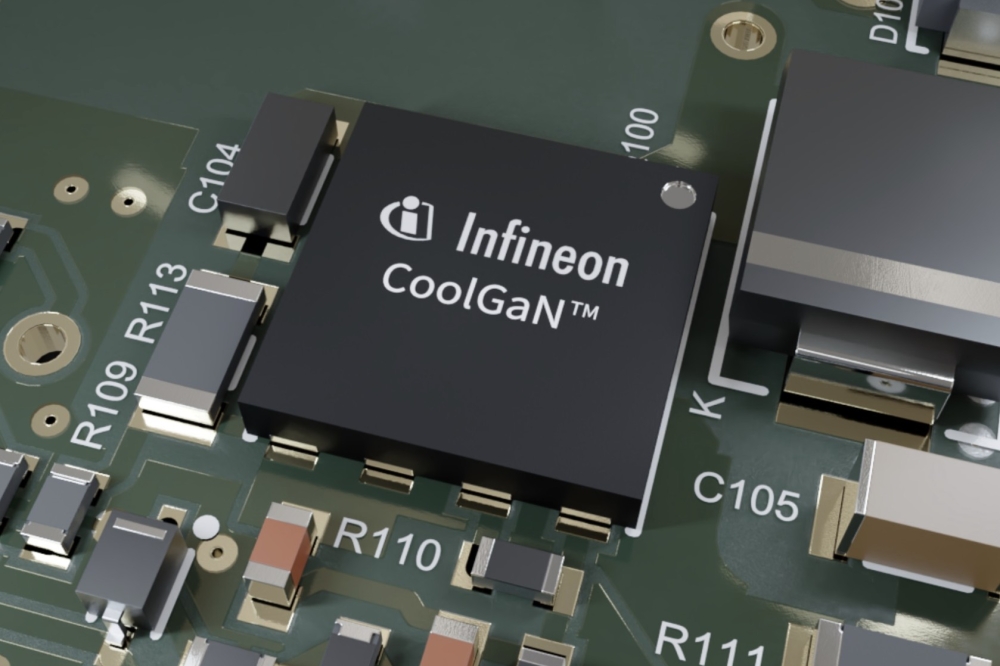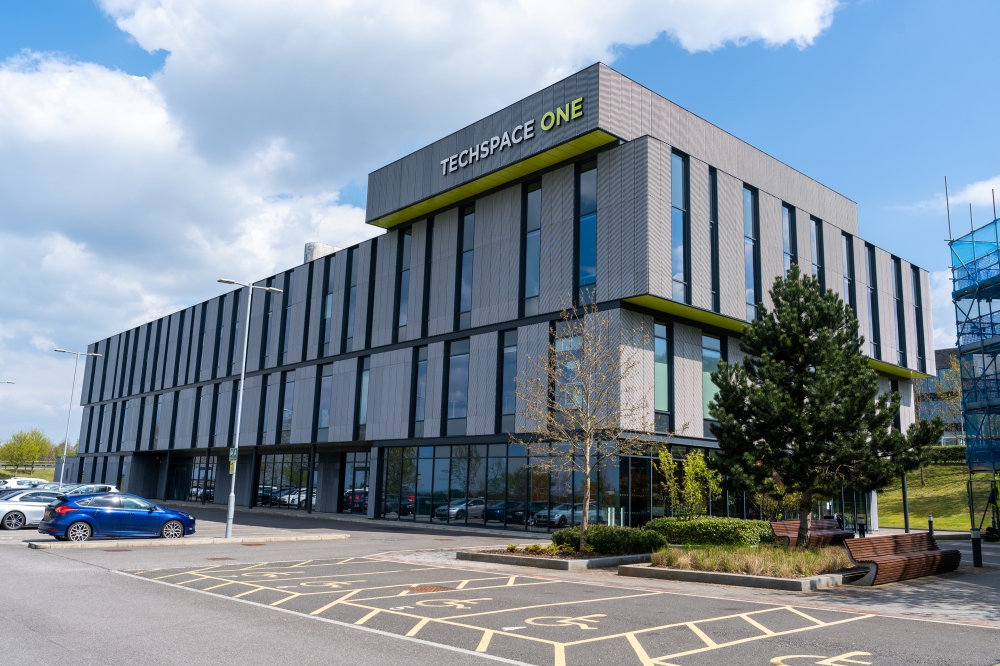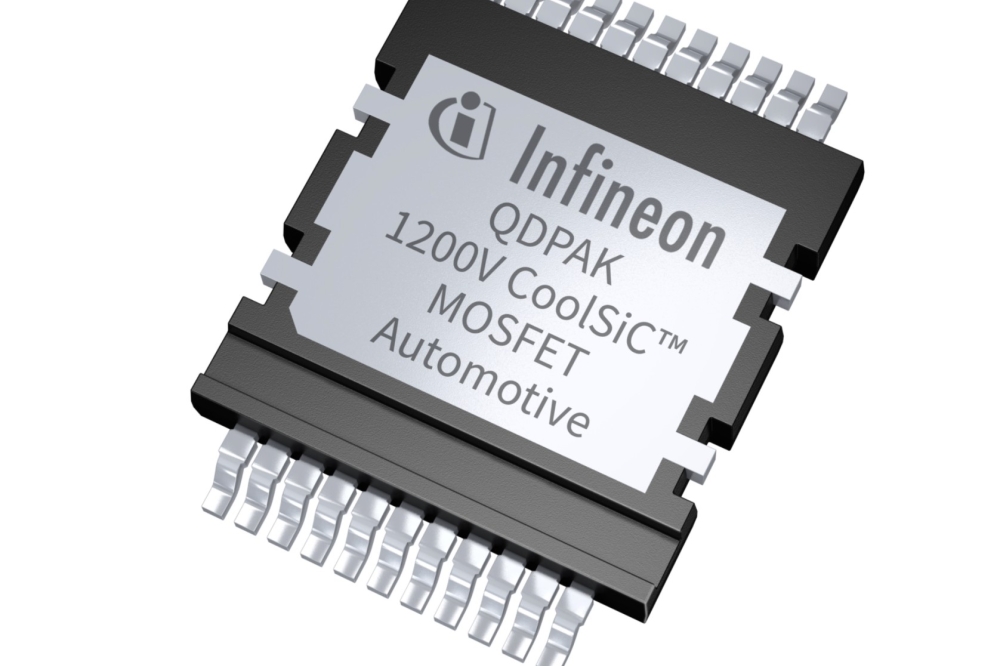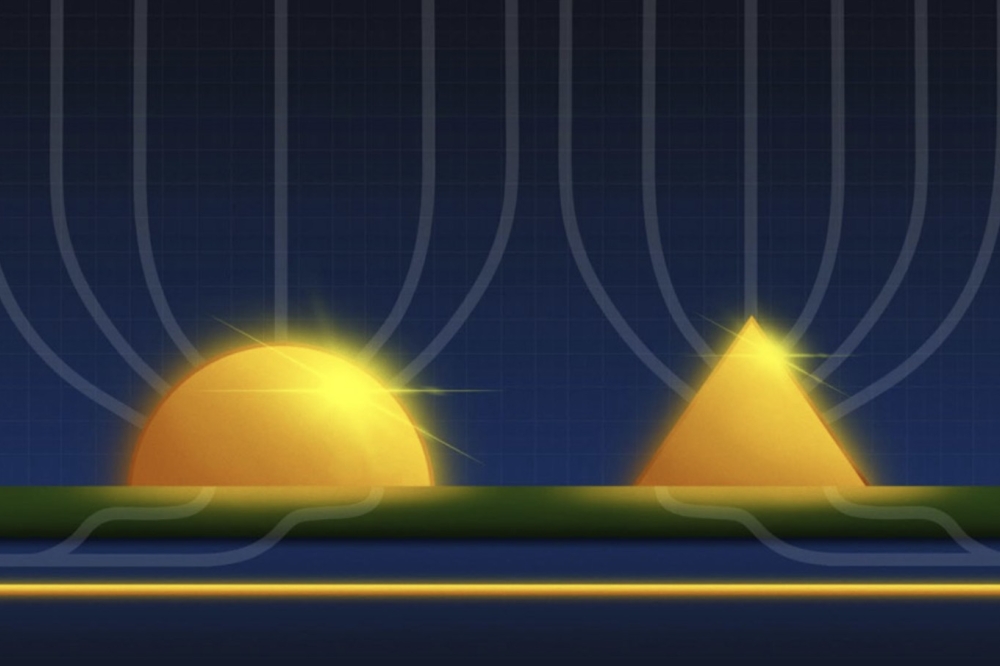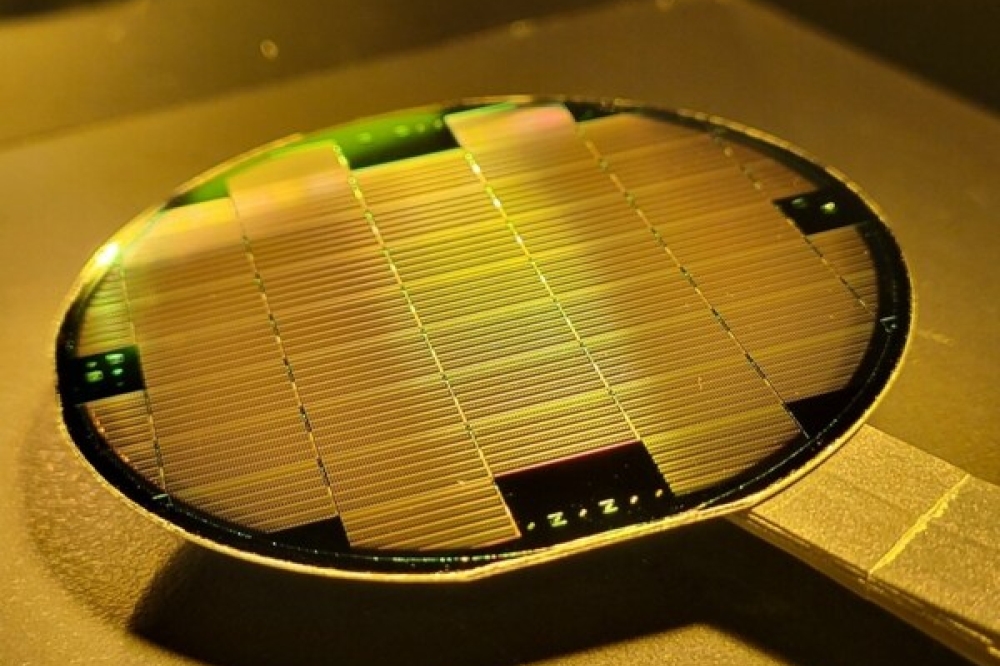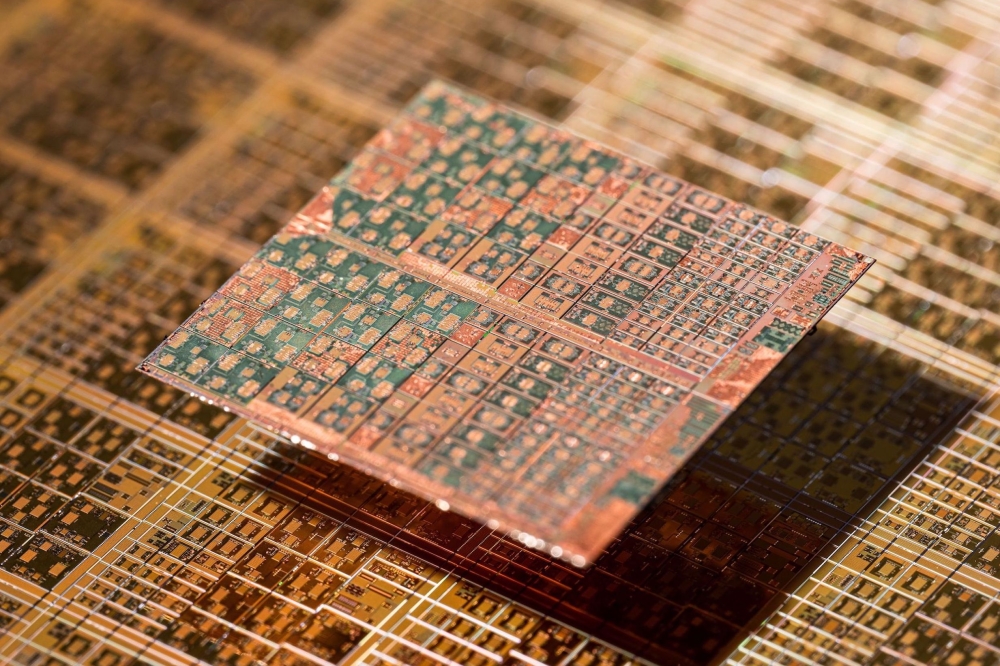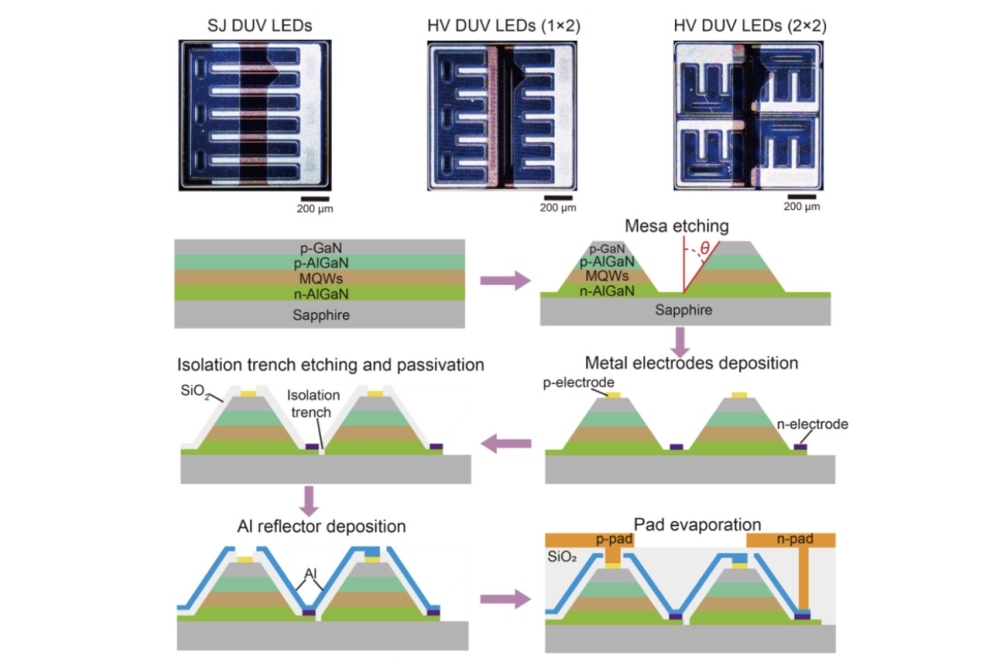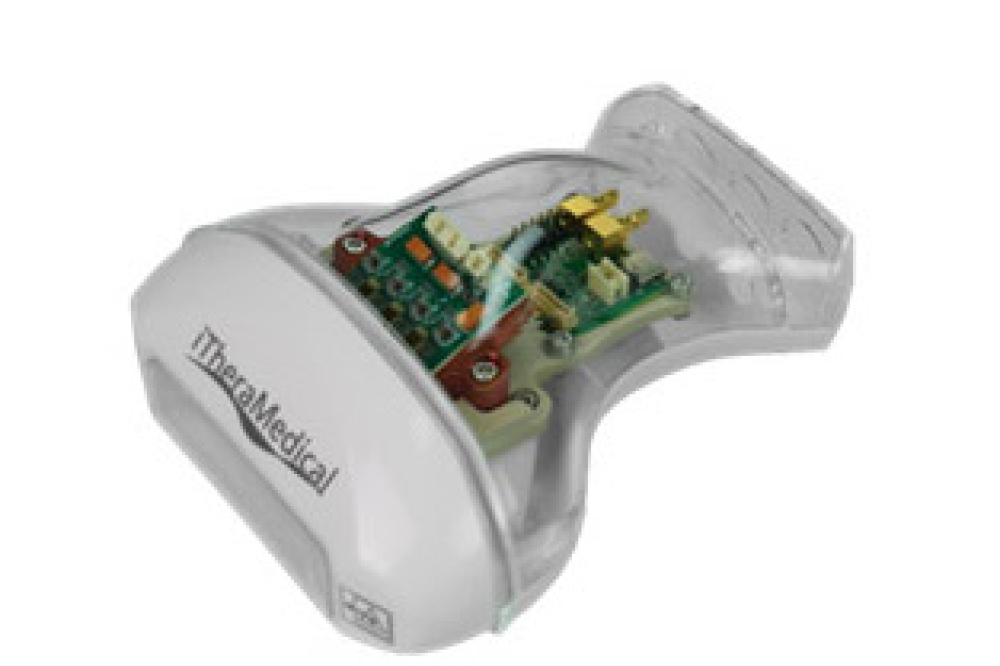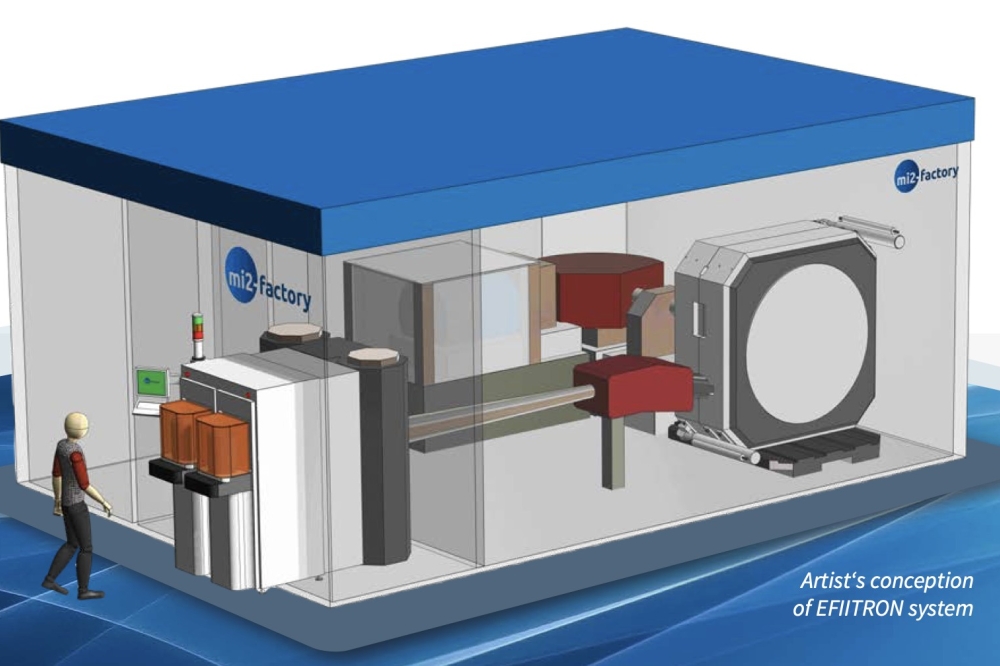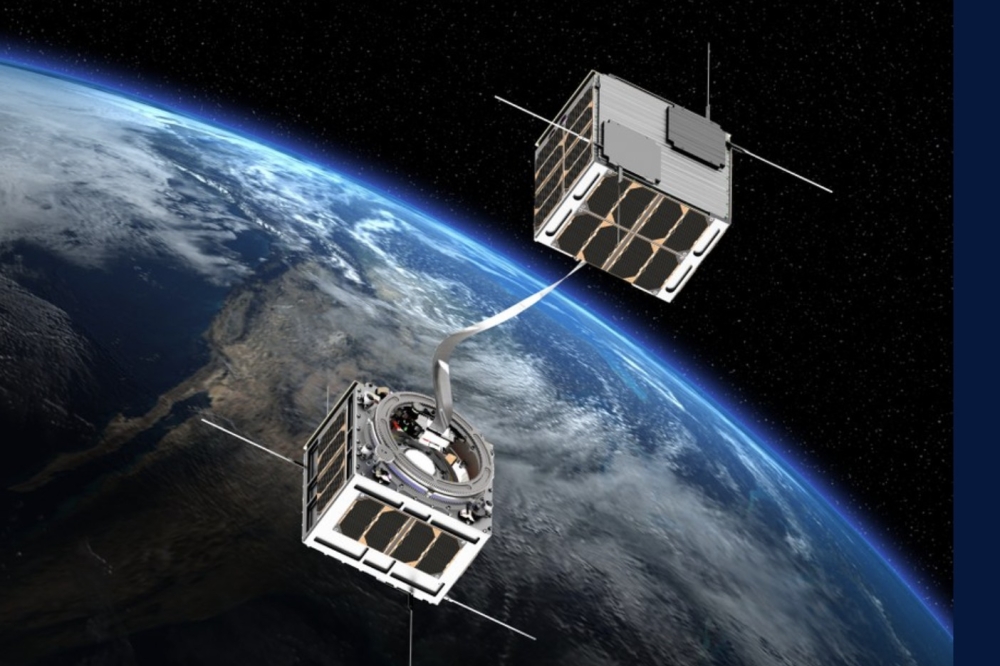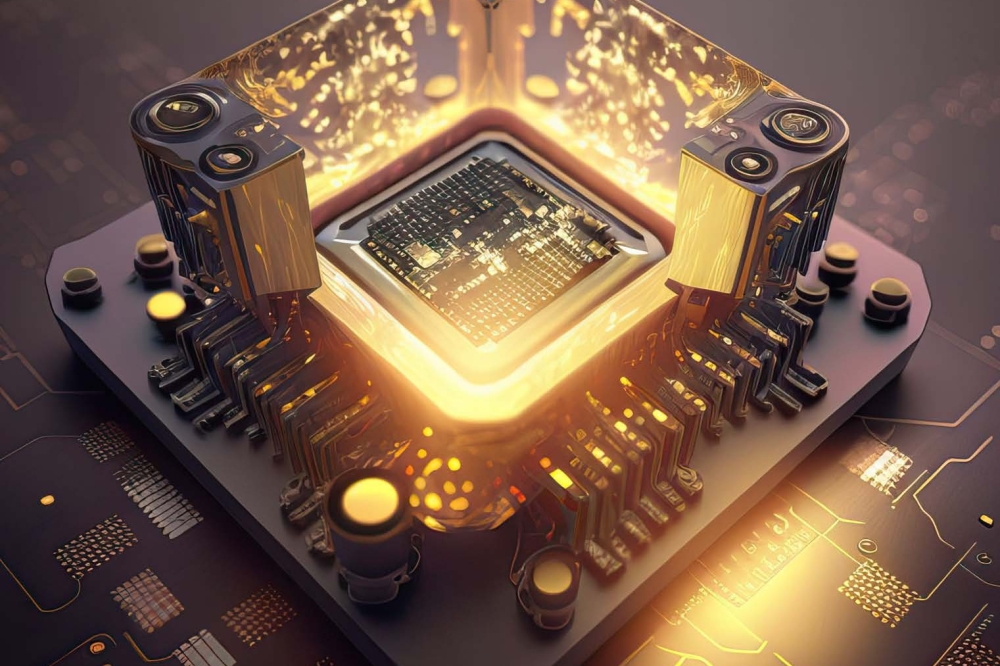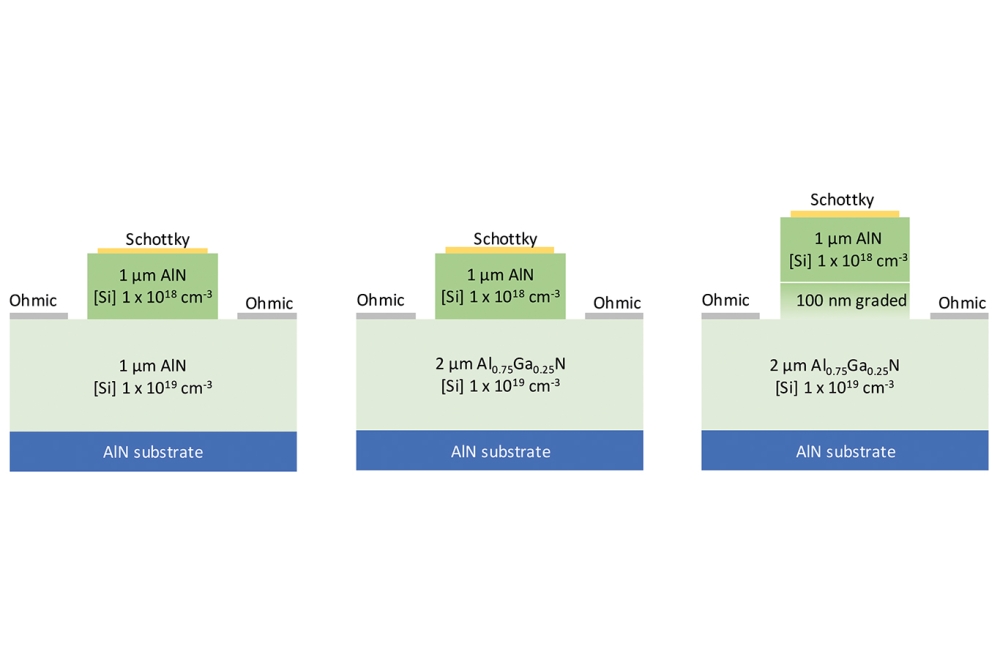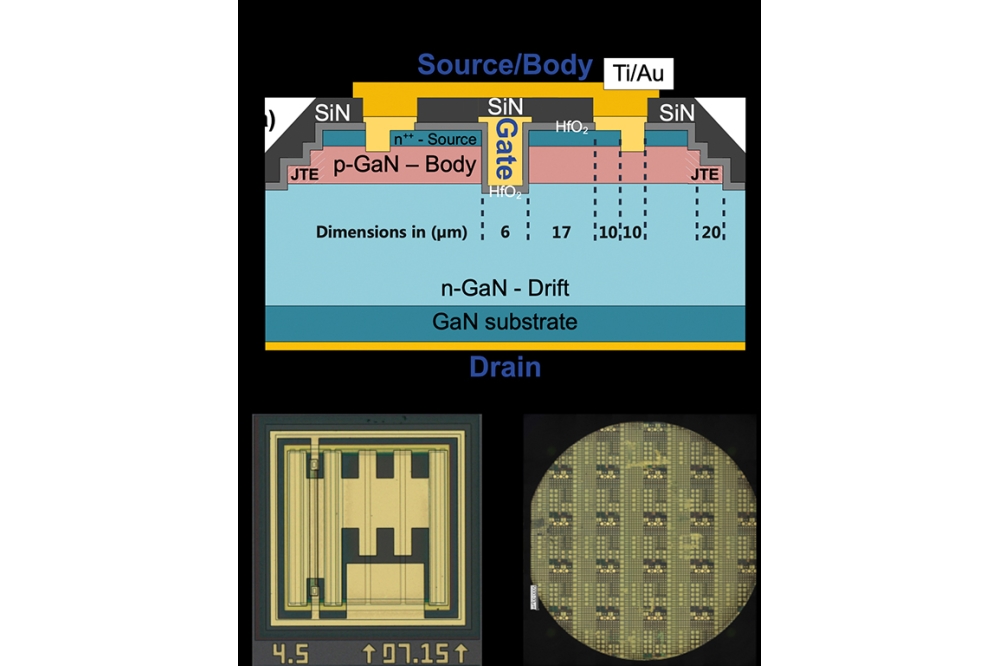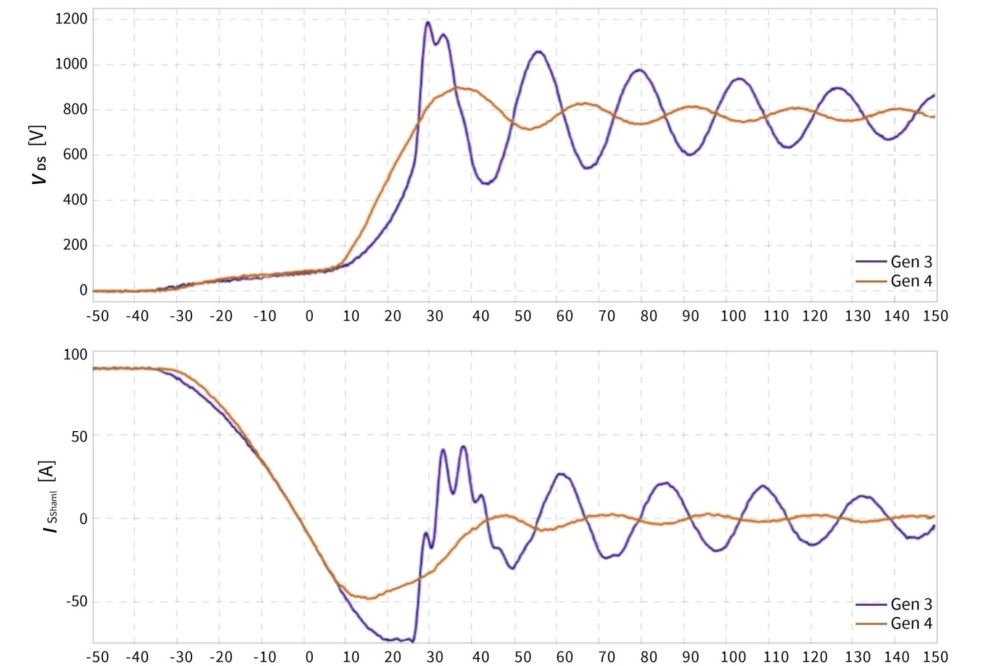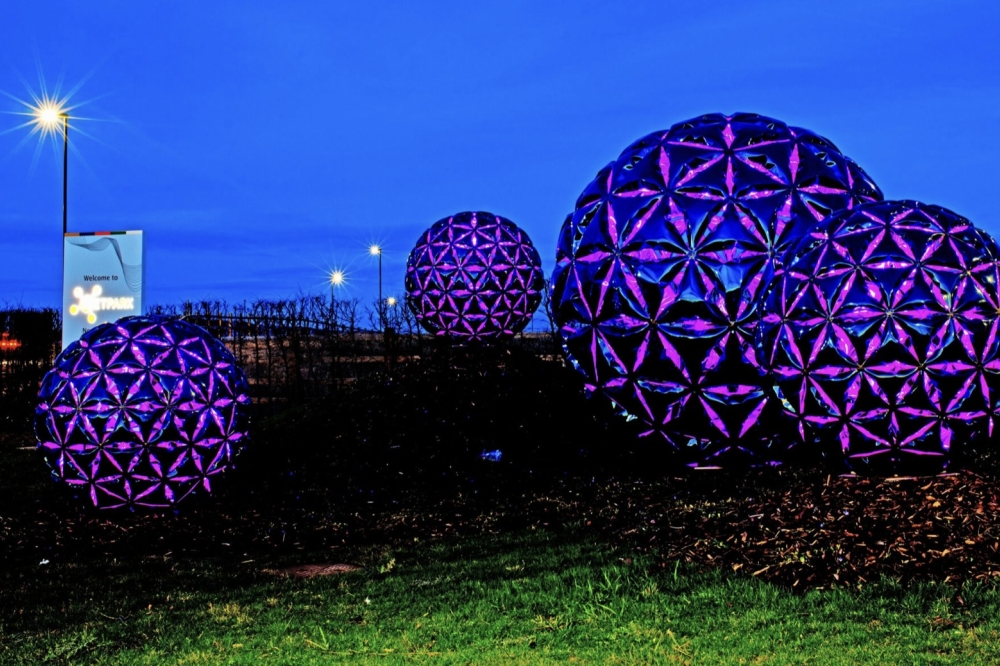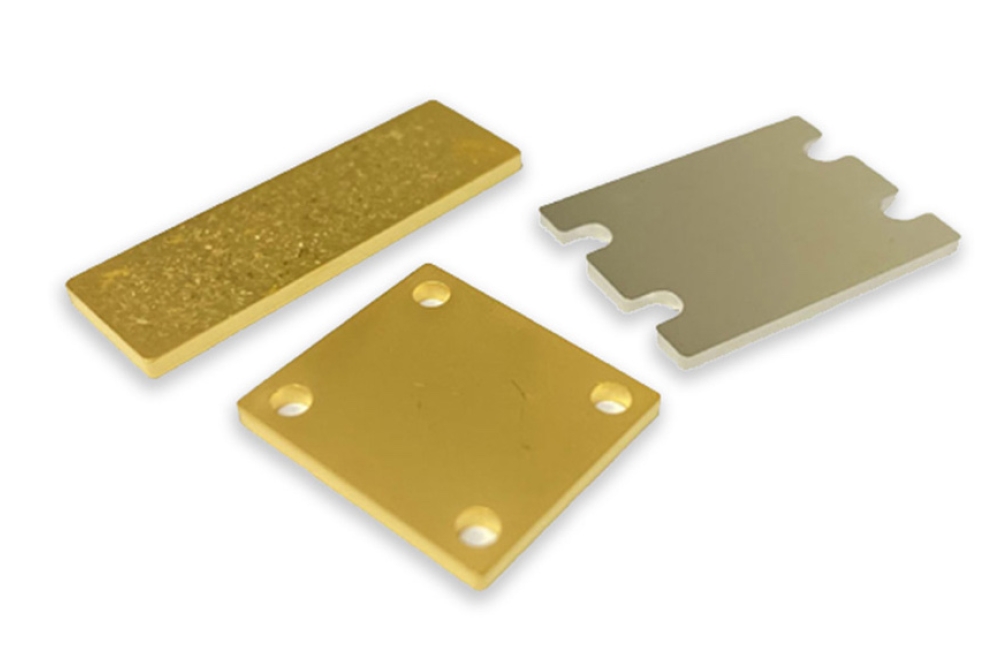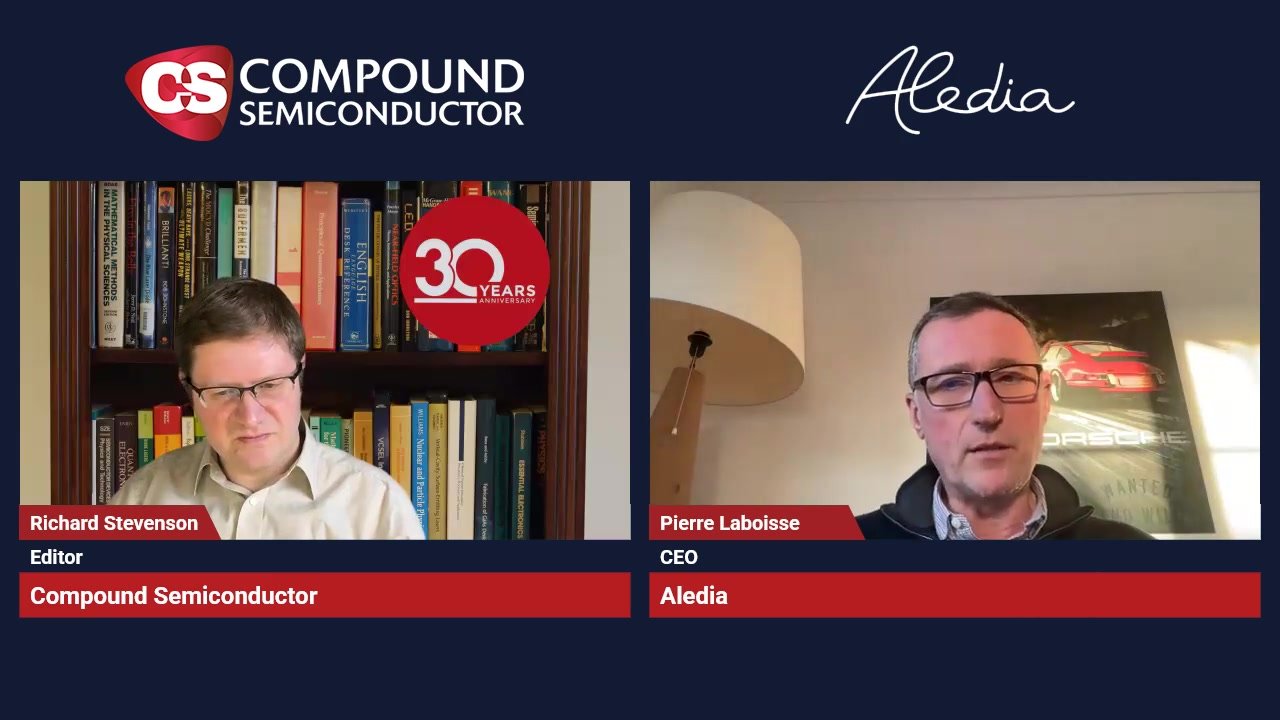US team optimises QCL laser epitaxy with EpiCurve TT
![]()
Fig. 1: In-situ measurements of AlInAs/GaInAs MQWs: reflectance at 450nm (blue) and wafer curvature (black): (a) Varying GaInAs well layer thickness dw with constant 10nm AlInAs barrier layer thickness dB (b) Varying AlInAs barrier layer thickness dB with constant GaInAs 10nm well layer thickness dw
Using Laytec's EpiTT in-situ system metrology tool, Christine Wang and colleagues at the MIT Lincoln Laboratory (USA) have published two major findings on improving the MOCVD growth of InP-based QCLs in a Veeco D-125 multiwafer (3x2 inch) reactor.
First, that the growth of high-performance QCL structures requires the deposition of a complex sequence of coupled quantum wells (AlInAs, GaInAs). During this process, the cumulative Indium surface segregation has to be carefully compensated in the growth recipe to keep the targeted lattice matched throughout the full QCL structure.
Second, that even under optimised growth conditions, a certain interface- grading is unavoidable, especially at the GaInAs-to- AlInAs interfaces. However, optimum QCL performance can be achieved by taking into account these interface grading effects in the calculations of the QCL target structure.
EpiCurve TT was the key to these findings, which were published last year in the Journal of Crystal Growth.
Fig. 1 a (top) shows in-situ reflectance at 450 nm and curvature of the two decisive MQW runs. Reflectance oscillations correspond to each barrier and well layer and each layer is easily resolved. In Fig. 1b (below), the high-resolution wafer bow sensing verified the compressive strain accumulation at the AlInAs-to- GaInAs interface.
After recipe optimisation, the 450 nm reflectance could be used as a characteristic finger-print of the formation of every single graded interface among the hundreds constituting a single QCL layers.

